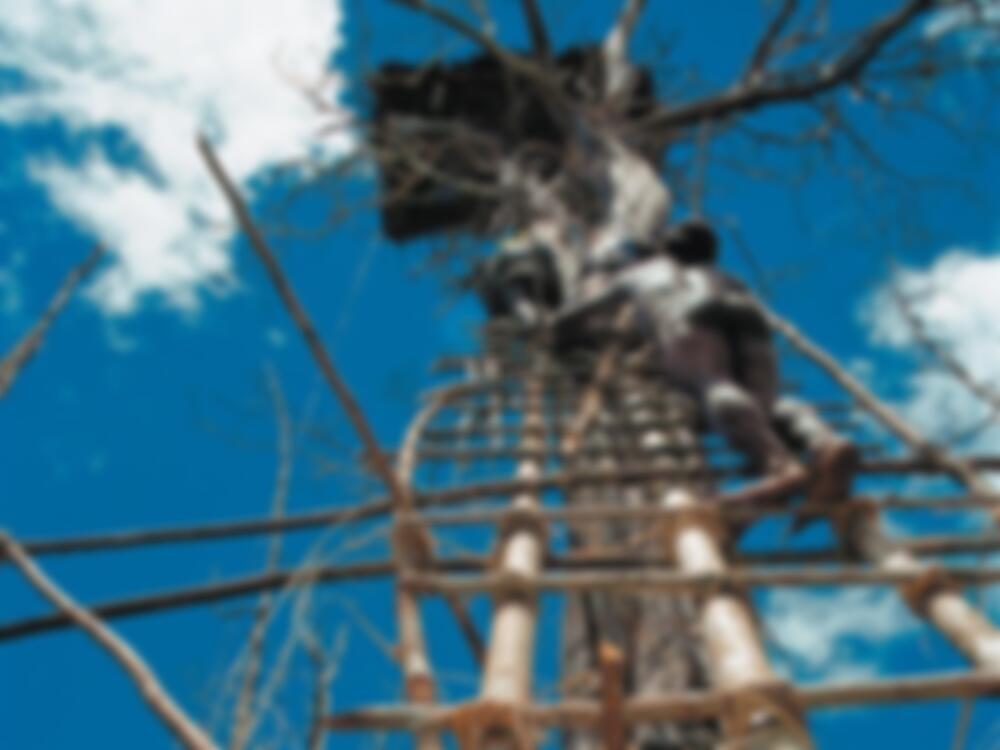Today, an estimated 50,000 to 60,000 people live in the humid swamplands of Asmat in the south of West Papua. The swamps and alluvial land are dissected by numerous interconnected rivers that rise in the central uplands. Since the jungle is virtually impenetrable, life is concentrated largely along the riverbanks. The exception to this are the so-called “tree people”: hunters...
Discussion: The Last Tree-Dwellers in New Guinea
Issue
12/2004 Microarchitecture
Source
DETAIL

© Roland Garve

© Roland Garve